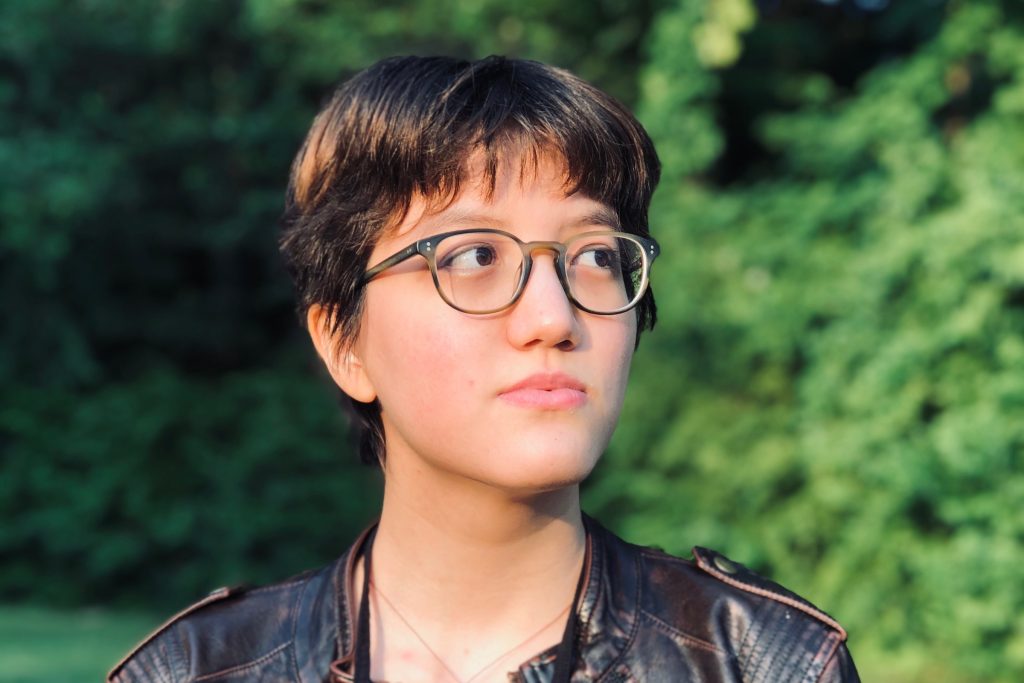
Without the right beginning, a successful creative piece is impossible. This may sound self-evident, and yet the process of working through a story or novel is such a chaotic and stochastic one that myriad elements that feel more meaty in terms of how they support the story—like a character arc, a twist ending, the breaks and angles of plot beats—sometimes demand more attention than an opener. Yet the beginning, especially for short fiction, might carry the most weight in shepherding the reader through the story and therefore must, for me, accomplish several things to feel right. As a reader and writer, here are some vital elements I’ve identified for a beginning that grips and intrigues:
- The beginning must convey something about the world. This is primarily true for SFF stories, but no less so for literary fiction, and perhaps especially for slipstream. The world grows out of the main character’s perspective, whether they are humans or animals or eldritch horrors. This element connects directly to point 2.
- The beginning must frame the protagonist or main character in a certain light that will either be strengthened or contradicted as the plot progresses, so that we have a sense of what kinds of emotions and expectations to bring to the story. A certain caveat exists in the realm of novels, since I often find (in reading and writing them) that opening away from the protagonist has its own strengths for reasons of what could be called negative space or to establish themes. Nevertheless, it should overall suggest the sort of personality that we will be following and what kind of cultural or social niche the character inhabits.
- It must also tell us something about the central struggle. Sometimes this arises naturally through exploration of character and world; sometimes it can be obliquely alluded to for later layering and build-up; in very short fictions, it should be direct and cogent for the sake of economy.
- Finally, the entire impression can only really be conveyed effectively through the success of what can only be called “Voice” and “Tone.” This will be defined differently from writer to writer and reader to reader, but I like to think of Voice as the way the writer puts sentences together, the rhythms, the word choice. Tone is a bit more ambiguous, but it also stretches across the piece as a whole: how the Voice addresses the events of the story. Is it bleakly humorous about a murder, or Gothically tragic? Does the first-person narration gesture grandly or grip the reader tightly? Is the third person narration close or far? And what do we glean thereby?
Although I keep saying “beginnings,” I should perhaps define that more specifically as well. I’m focusing less sometimes on first lines themselves at the sentence level as the first paragraph or even first page. If you’re a true master, you can sustain this establishing impression through an entire sequence or chapter. Shirley Jackson is my personal favorite writer-of-beginnings: the dread and loneliness she alludes to in the first paragraph of The Haunting of Hill House, the eccentric and insinuating voice of Merricat Blackwood that greets us in the first paragraph of We Have Always Lived at the Castle, the nearly chapter-long buildup of internal instability and vacancy she weaves in The Bird’s Nest all contain the elements I have identified above and contribute to her fame as a gripping and fascinating writer of the psyche.
So far, I’ve talked about beginnings as an admittedly persnickety reader. As a writer, I can only hope to achieve my four-part ideal through inspiration, patience, and a sense of the shape of the whole work. Inspiration will strike the first note. Even if other elements are in place, I often can’t find my way into the narrative without a first line that opens it up to me, like a scalpel parting the flesh. After a period of ruminating on ideas for a while, this first line will often come to me with echoes of the other necessary ingredients, like Voice and Tone, which help to suggest details to sprinkle through the story.
Patience comes in through repeated editing. Even though an opening sentence may last from rough to final draft, it is only titillation, a suggestion, a question. Many avenues may lead from there on a plot and technical level. Choosing which one might even need to wait until I know the shape of the story. I’m obsessed with structure and enjoy playing with expectations on a structural level, such as order of events, paralleling, and linearity. For example, the story I wrote that I think works most successfully at a craft level begins with the events of the dénouement. Like the famous dream-opener of Daphne du Maurier’s Rebecca, the story can be entered at its end, and the reader’s understanding of the narrative will therefore change on successive readings through the revealed context. Such a choice challenges the linearity of storytelling through this kind of recursive, meta-narrative approach.
Thus, I do like the slightly glib writing advice to “begin at the beginning”—not in the sense of the start of events, because those are themselves at the mercy of authorial choices, but in the sense that every story on a craft level does possess a Beginning: a structural entity with its own powers, obligations, and delights. It’s the welcoming door to a new world. Make it inviting, tantalizing, unforgettable.

Cressida Blake Roe is a biracial writer of speculative and literary fiction, whose work appears or is forthcoming in Lightspeed, The Baltimore Review, Gamut Magazine, Kaleidotrope, Factor Four Magazine, and elsewhere. Recent stories have been selected for the Wigleaf Top 50 and nominated for the Best Small Fictions. See more at www.cblakeroe.wordpress.com and follow her on Bluesky and Tumblr at @cblakeroe.
